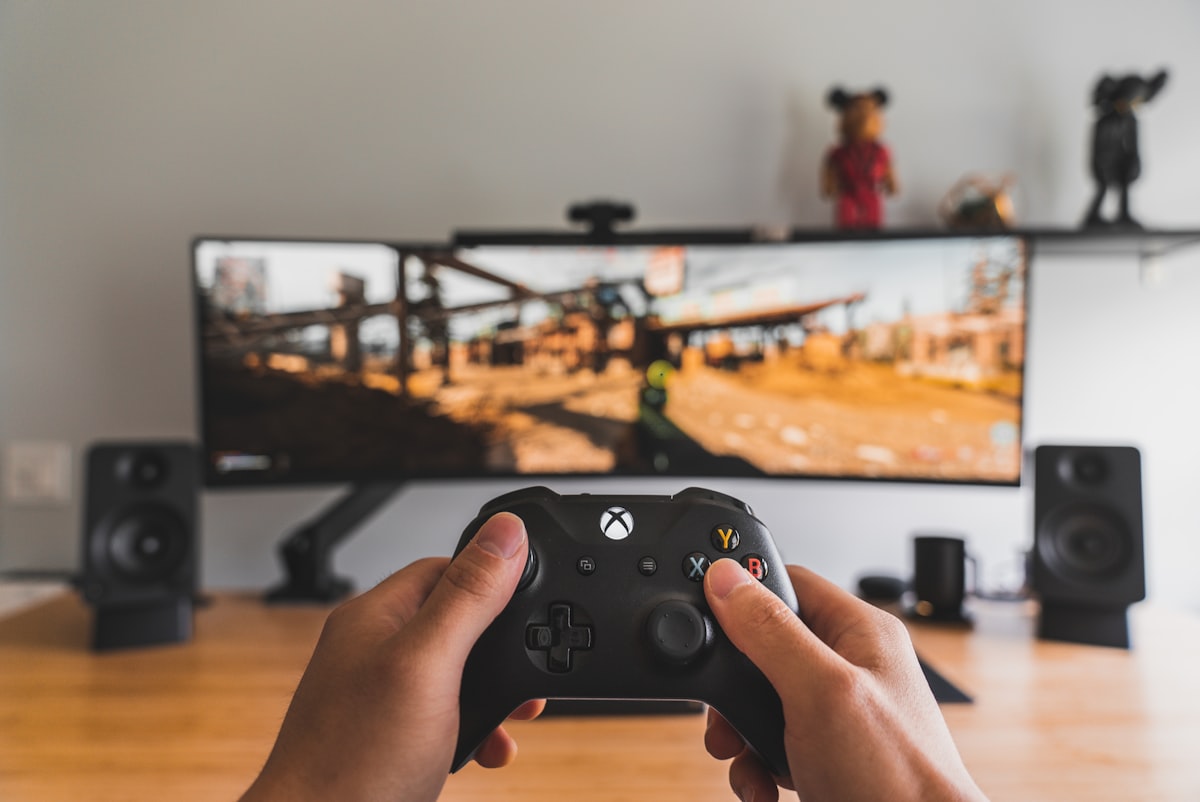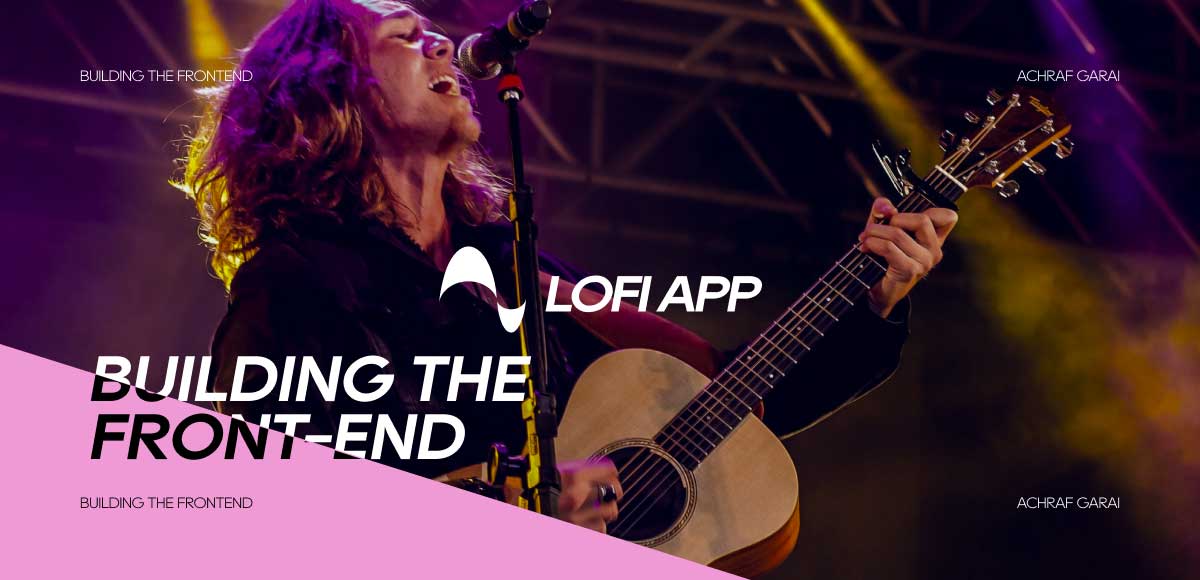4 examples of Gamification in UX design
Here are 4 elements that make a gamified experience, with practical examples of successful apps that uses them.

Out of all digital mediums, games are known for their ability to create strong immersion, allowing us to lose track of time and spend hours of fun.
As digital product designers, there's a lot to learn from the game design techniques used to create immersion.
It's quite hard to list all the techniques used to create immersive games, but here are the 4 main ones that I think will help us designers learn from gaming.
1 Communicating goals and rewards
Games start by giving the players a series of goals and rewards for completing various challenges. These goals and rewards help give the player the motivation needed to take on the challenges.
In the game Super Mario, You get your first goal as soon as you start the game, to save the princess. In addition to that, the game also rewards you with stars that are scattered across levels, often in hard-to-reach locations.

2 Constant feedback
Giving constant feedback to the player as the level of challenge increase is crucial to keep players engaged and focused on the task at hand.
Great games keep a good balance between giving their players feedback and not disrupting their focus with too much information.
Fast-paced action games like Fortnite constantly give feedback to the player with intelligent design that gives subtle feedback using animations, visual and sound effects when important events happen.

3 Making Progress
Progress can be a reward in itself to the players, in fact, games are great in communicating progress to the player in a smart way that motivates them to keep taking on challenges of increasing difficulty.
Many RPG (Role Playing Games) like Skyrim use Exp or (Experience) as a measure of the player's progress. These games don't just communicate progress, but also are designed so that the player skills meets harder challenges and better rewards in an exponential manner, giving the player a real feeling of progress.

4 Challenge & Failure
Challenge and failure, arguably, are the definition of gamification. Games are described by many designers as the art of failure.
Whether using complex levels to traverse in Mario or Incredibly difficult campaign missions in Call Of Duty, games offer their players a series of challenges to overcome, pairing it with rewards that keep the immersion at a high level.

Gamification in Product design
There are many ways to implement these techniques to add layers of gamification to our everyday apps. You may have even used apps that have gamification without even realizing it.
Duolingo
For example, Duolingo brilliantly gives you many option of difficulty when you start learning a new language. In addition to that, the app rewards your progress with various rewards and achievement badges, giving you a sense of progress.

Codeacedemy
Codecademy is one of the most well known e-learning platforms. As you take part in its various courses, the platforms rewards you with badges for each course you complete.
The platform also gives you a dashboard to view the progress you're making, and set new goals for your learning.

Reddit is another popular platform that makes use of subtle gamification elements to increase engagement. The platform uses a score system called Karma.
Users are rewarded with Karma points if their posts and comments get upvotes, giving as a result their users feedback on their Reddit activity and a sense of progress as they join and interact with more communities.

LinkedIn brilliantly encourages its users to build strong profiles by presenting a star system on their profile. This directly establishes a goal in the eyes of users. To get the 5-star profile, LinkedIn users must spend more time filling all the needed information to make a great profile.
The platform gives a progress bar, informing users with their progress as they make their profiles better and better.




